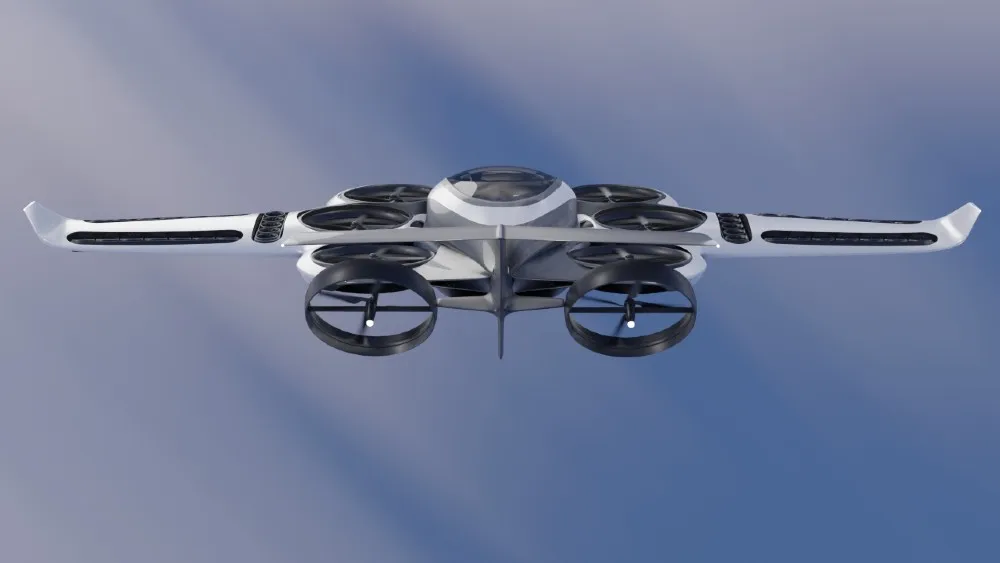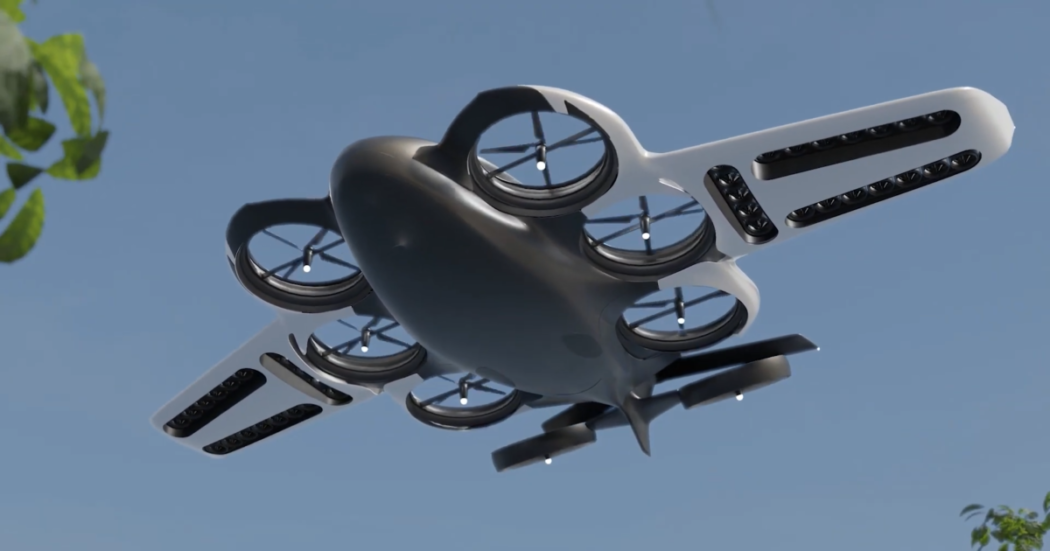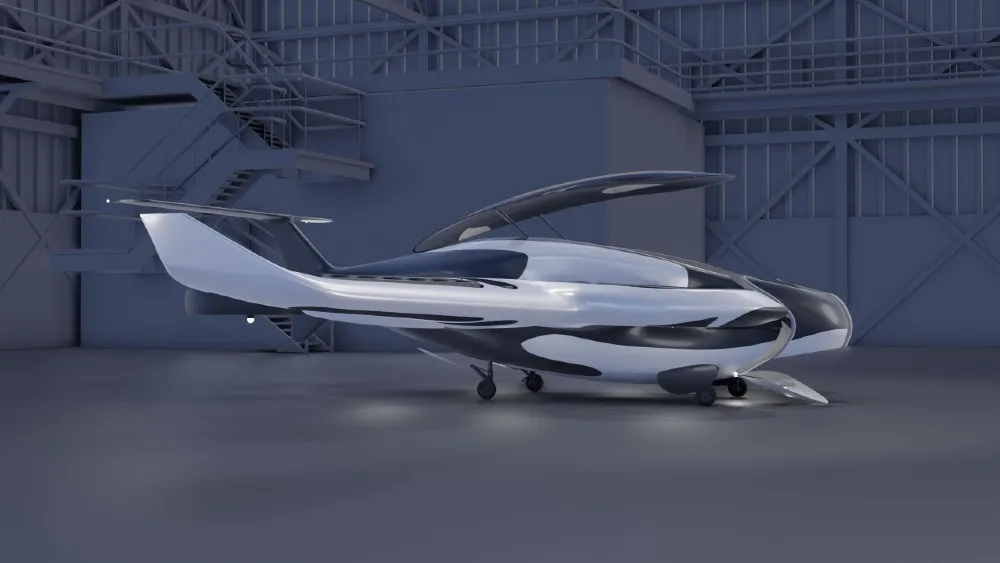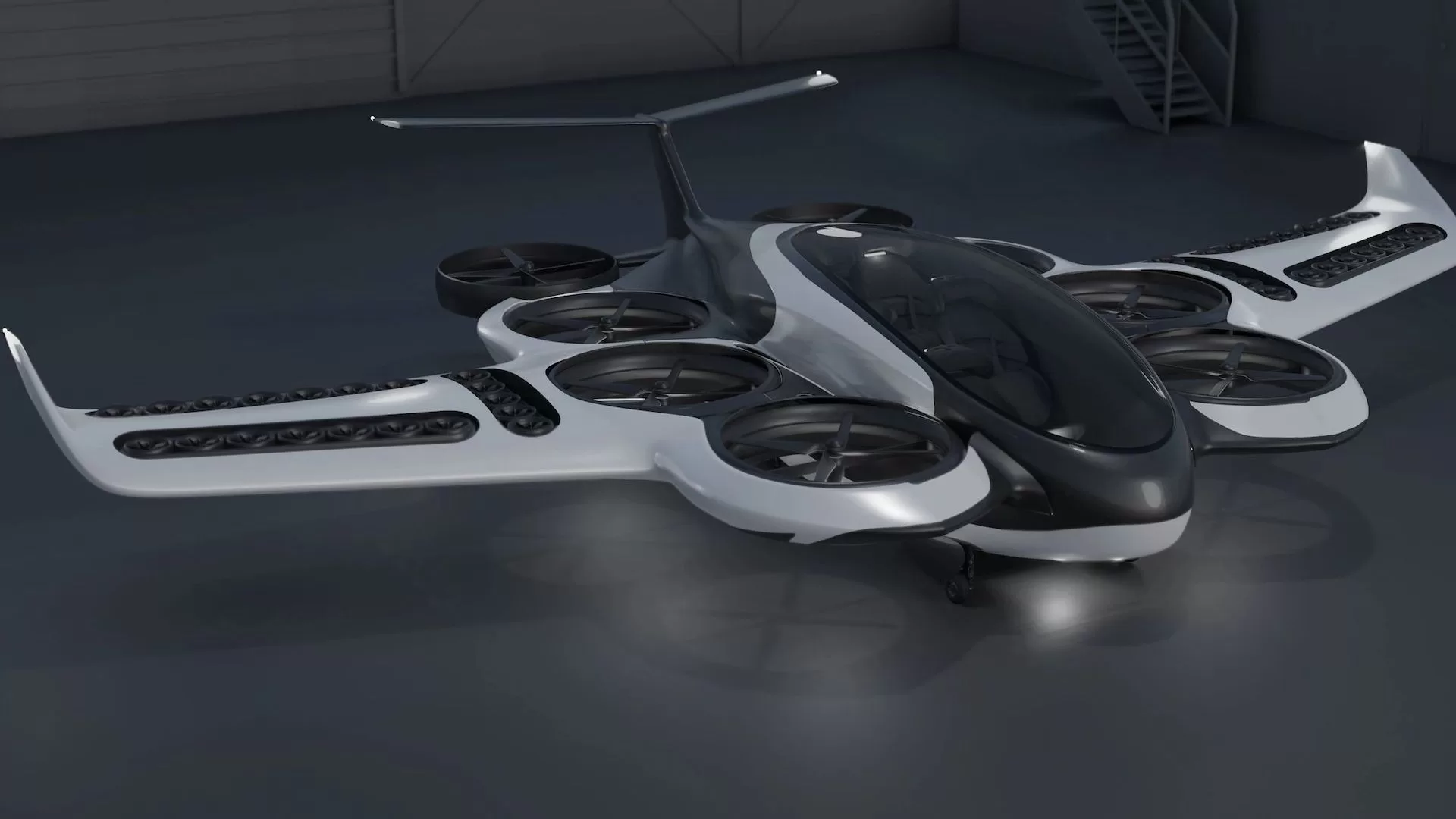For a three-hour range, Soar will utilize battery-powered electric engines as well as liquid hydrogen fuel.
In addition to fixed wings, there are large and small rotors, tilting fans, dual-axis propulsion, batteries, fuel cells, and many more.
VTOL aircraft come in a wide variety of configurations, so don’t assume you’ve seen them all. A series of smaller fans are embedded in the fixed wing of the Soar, which Paragon is developing. As a range extender, Soar’s powertrain burns liquid hydrogen directly.

Despite its sleek aerodynamic body, Soar looks like a combination of a plane and helicopter from the outside. In addition to providing forward thrust, the large-duct turbofans’ rear two also help with stabilization and control.
Depending on the configuration and load, the wing provides impressive range and allows for horizontal takeoffs and landings, which is more efficient than vertical takeoffs and landings.
“The rotor configuration and wings provide the ability to glide and/or auto-rotate in case of emergency as well as delivering optimized fuel economy, and minimal complexity of structure, mechanisms, and control dynamics,” said Paragon’s founder and chief visionary officer, Dwight Thanos Smith.

To achieve Paragon’s dual goals of “significantly reducing emissions” and providing a minimal three-hour flight time, it plans to use direct hydrogen combustion in a hybrid system with battery pack. “For our mission profile, battery technology via energy density is not there yet, and may never get there to be efficient,” Smith notes. “A three-hour mission using just battery power requires almost nine times the weight in batteries to generate the equivalent power provided by the turbo-generators and fuel.”

Smith prefers direct combustion over fuel cells because, “H2-powered turbo-generators are tried and true, requiring little change in the underlying technology and components. Additionally, they have a well-established support infrastructure for parts, service and maintenance.”
Texas is the planned location for the company’s factory and vertigo hub, with a prototype expected to launch in 2022 and a commercial launch in 2024. The road to success may be paved with hurdles-technical, mechanical, governmental, and financial-but Smith is undeterred. “Soar will be for mainstream consumers who want to experience first class travel at a ride-share rate,” he says.



